First of all, the featured image on this post comes from JPL-NASA. It’s Comet NEOWISE over Deer Valley, Utah. I tried to take some pictures of the comet with my phone. They all came out like this:
NASA photos are public domain. Thanks, NASA!
14 July: 21:30-23:00 EDT
Conditions
Warm – 70s; breezy; variable clouds; humidity 35%; seeing average, transparency average-below average
Observations
This is the first naked-eye comet to come our way since… Hale-Bopp 1997? There was McNaught, but it fizzled in the northern hemisphere. And this is just barely naked eye here, but we’ll get to that.
Molly and I went up to the top of the “mountain” at the commuter parking lot on the SE corner at the intersection of Rt 9 and Rt 115. Good clear view to the NW, but looking across the lights of Charles Town/Ranson and under several bright street lights. Several others standing about when we got there, about 9:30 pm. At about 9:40 I spotted the comet in my 10×50 Bushnell binoculars. There was still a good bit of fading sunlight low in the sky, but the comet appeared, as you would expect, just where the sky got dark. It was about 12º above the horizon in the constellation Lynx (as charted later). The head was obvious, bright, and had a slightly brighter center, all fairly compact. A bit of a halo and a long and obvious tail slightly wider than the head. If my binocular field of view is 5º, the tail appeared to be 1.5-2º long, but a good solid 1º any way. The tail was tilted maybe 10º from horizontal, tipping slightly to the east. As night continued to fall, we were both able to see it with our naked eyes. It appeared as a faint, fuzzy strip of white, about “an inch” long (two finger widths at arm’s length), better with averted vision.
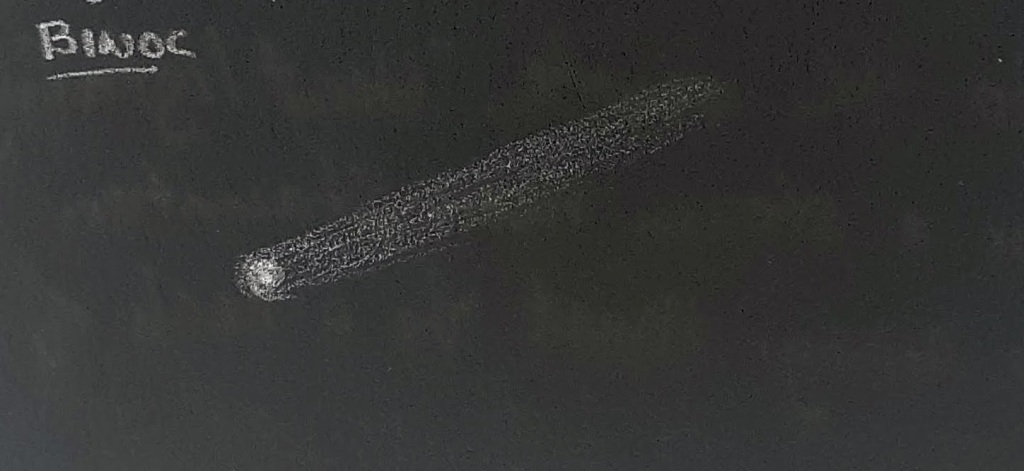

A family in a pickup was there, and I asked if they had found it. The dad came over, and I showed him where to look. He was excited to see it and went to show the family. It was fun to hear the kids yell, “there it is!” and “oh, wow!” We decided to go down away from the streetlights and stopped on a side road near Rt. 9. The sky was about full dark by then, and the comet stood out better. Still much better with binocs or averted vision, clearly there.
The ISS made a nice pass from SW to NE.
15 July: 21:45 EDT
Saw C2020/F3 from the back deck, low ever the trees in the NW. First with binocs, then vaguely naked eye. Similar in appearance to last night. Near 26 Lynx.
17 July: ~21:15-23:00 EDT
Started the evening with a great pass of the ISS – very cool!

As to the comet:
Head and tail seem to be spreading out slightly. Rising eastward night by night. Tail angled higher, maybe 45º to horizon? Streaky clouds.
18 July: ~21:30-23:00 EDT
Neighbors having a bonfire to the south, shooting fireworks to the west. Not helping my observing – the nerve! Any way, C2020/F3 continues to march east. Between the toes of the Big Bear tonight in a beautiful arrangement. Something like this:
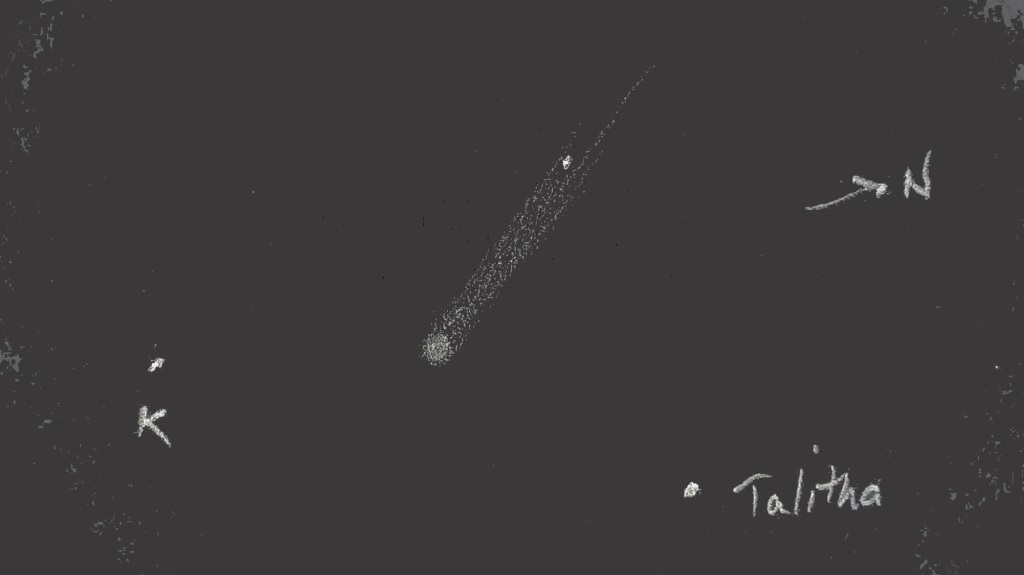
Mostly clear, some clouds to the south. “Heat lightning” filling 1/2-1/3 of the sky. Turns out to be from a storm near Staunton and Harrisonburg, 75-100 miles away (120-160 km). Must be a heck of a storm.
19 July: ~21:45 EDT
Saw it briefly through clouds, which soon overwhelmed.
20 July: 22:10 EDT
Conditions
warm – upper 70s; humid; variable clouds – 10-40%; new moon
Observations
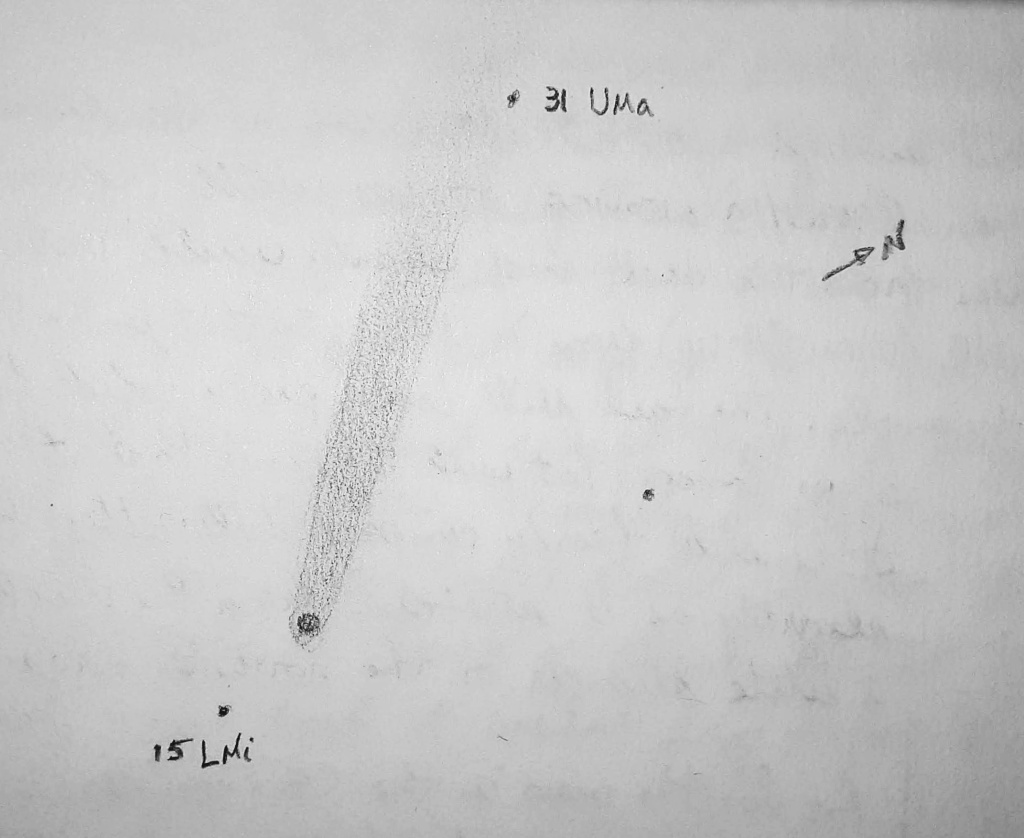
About 25º above horizon, visible naked eye in Ursa Major. Angled at about 12:45 ~ 20º from vertical? Tail is wider and longer looking, 3-4º long visible in binoculars. It fades a lot toward the “open” end, giving a suggestion that there is more out there. The head is wider and more uniform than before.
22 July: 21:30-23:00 EDT
Conditions
warm – upper 60s-lower 70s; very damp after rain; no moon (2 days old); seeing good, transparency, no so good; some clouds, then fewer, then more
Equipment
10×50 Bushnell binoculars; Celestron NexStar Evolution 8″ f/10 SCT
Observations
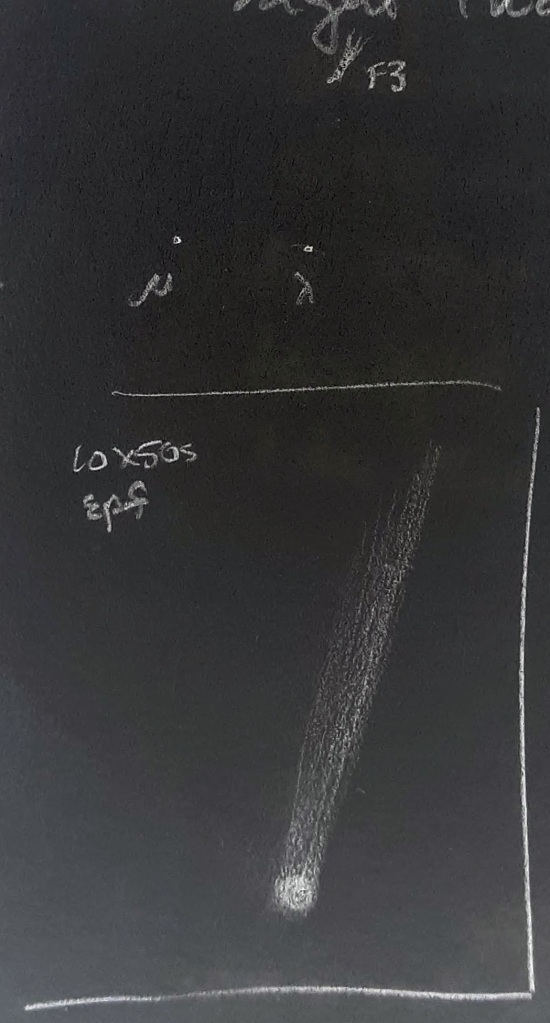
Binocular view (below)
It was clear enough after an afternoon of heavy rain to try the scope on C2020/F3, which was visible naked eye (averted) over the trees from the deck, and clearly visible with binoculars. About 3º NE (straight up) from 𝛌-UMa. So that µ-𝛌-F3 made a right triangle with 𝛌 at the corner. The tail still looks pretty solid for about 3º in binocs, but with the sense that it goes further. It is still fairly compact laterally, broadening slightly as it stretches from the nucleus. It’s a little stronger on the northern edge.
As for views in the C8 NexStar, it was not a great improvement over binoculars. There is a bright, tiny nucleus, then a much larger coma that is pretty even for maybe 0.2º (based on 0.8º field of view in 32 mm eyepiece at 62.5x). The coma then fades gradually for quite a ways, so that it is hard to say where it ends. The tail went off to the east mostly.
I did have the experience of seeing a gap or a dark patch with averted vision, at the edge of the uniform coma. This gap/patch would move around depending on where I looked. Not sure if it was an illusion or an actual feature. I found a graphic of comet structure online that showed a gap between the coma and the surrounding hydrogen envelope. If that’s a thing, that might be what I saw.

I first found the comet in the scope at around 21:45, then went in for a bit to finish watching the finale of the Great British Baking Show, season 5, with Molly. We both then came out at maybe 22:15, and F3 was no longer centered in the field of view but was about 1/3 from the top — not a lot of motion, but noticeable! It could be because of the tracking on the telescope, but that seemed to be pretty steady across the rest of the night. So I presume it was the actual motion of the comet. Neat!
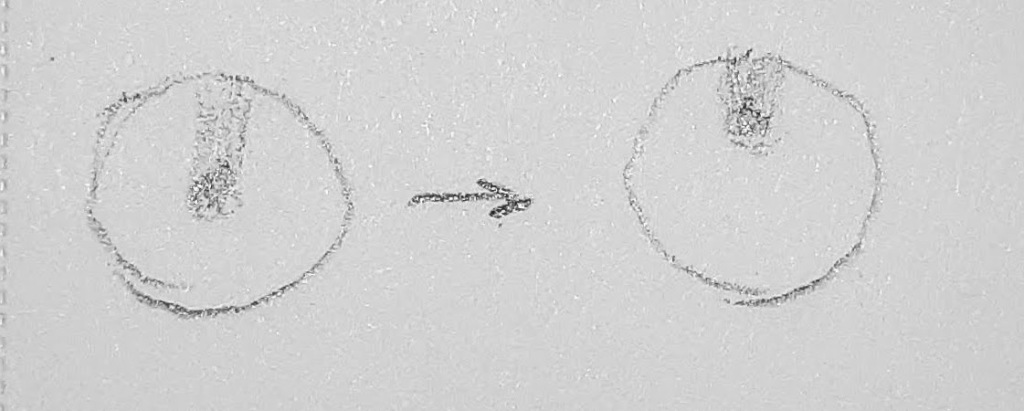
I eventually tried higher magnification just to see how it looked – 9mm eyepiece at 222x – a big jump from 62.5x. It did not improve the view. It really didn’t look that much different except that the fuzziness of the coma filled the field of view. Probably should have tried a lower magnification, like 50x with 40mm, but I didn’t. Sue me. About then, a bank of clouds started creeping up from the west, and it wasn’t long before the comet was enveloped and disappeared.
Other stuff
I pressed on for a bit with a few other objects. Sky&Telescope had had a feature article about M101 (face-on spiral galaxy) not long ago. I’ve never had much luck observing it, even with the 25″ scope in New Mexico (2010). I’ve been trying to see it with my binoculars all summer with no success. But I thought I’d give it a try. The GOTO went and found… nothing. I poked around some but still saw nothing. You’d think an enormous galaxy would at least give you a hint of its existence. I mean, Messier saw it with a tiny telescope, right? I tried M51 (face-on, interacting spiral galaxy), which I know I can see with this scope, just to make sure all was well, and because I love looking at it. The GOTO went and found… nothing! Hmm. I poked around again, and finally found it about a field of view to the north. Aha! The GOTO alignment was off. (M51 was beautiful, as always, with both partner galaxies clearly visible.) Went back to M101, corrected for the GOTO, and found… nothing? Well, wait. Is that…. ? Yeah, I think so. Found it. It appeared about as large as C2020/F3, but much fainter. Mostly a fuzzy blob, maybe some hint of structure? Maybe?
Went on to M97 – Owl Nebula (planetary nebula) just under the bowl of the Big Dipper, but the clouds beat me to it. Went up to Mizar (double star, 14 arc-second separation), which split easily at 62.5x and looked very cool at 222x. (Descriptions from here out are a little fuzzy as I was rushing to beat the clouds and not taking my time to observe.) White primary with a bluish companion to SW (? – lower right). Looking at a suggested list of double stars on the paddle control, I went to Xi Boötis and then Epsilon Boötis. Both were tighter (7 arc-seconds and 3 arc-seconds, respectively), just hinting at their companions at 62.5x. Both yielded at 222x. Xi was a yellow primary with an orange companion (I think), while Eps was a white primary with a reddish companion. I even tried 4mm – 500x – on Epsilon, but the vibrations were crazy on the deck, making it virtually impossible to see anything. It wasn’t really much better at 222x, to be honest.
Between the vibrations, clouds, and lateness of the hour, I called it a night.
Thanks!
LikeLiked by 1 person